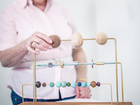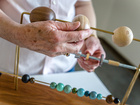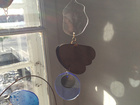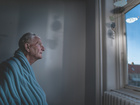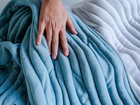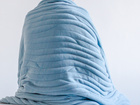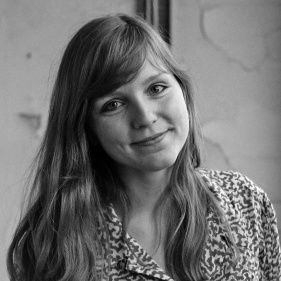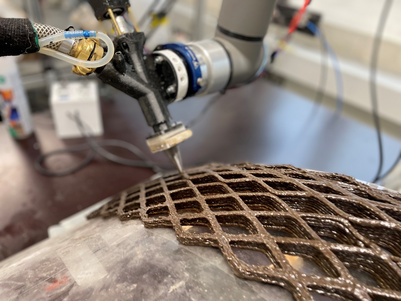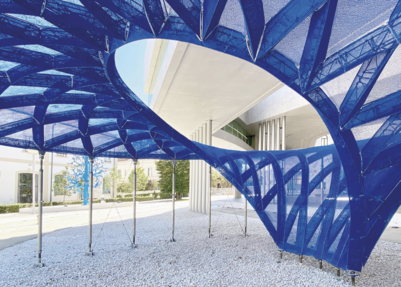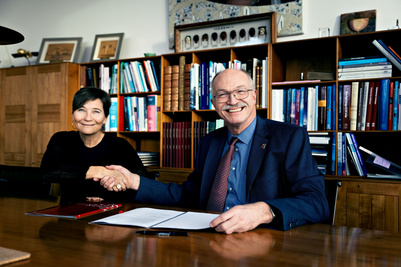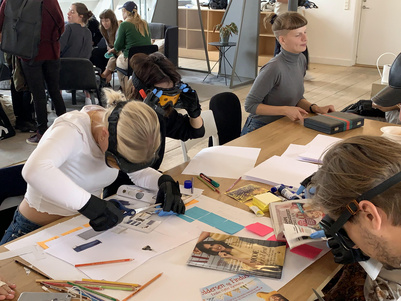Master’s Graduation Project 2015: Design for people’s lives and people’s needs
As human beings, we continue developing throughout our lives. But if we are struck by dementia, this development turns into degeneration. The key reference points of our lives begin to disintegrate and, when both past and future disappear, the present becomes insecure and confusing. As part of her final Master’s project, Emilie Dissing Wiehe has designed a range of everyday objects designed to give those suffering from dementia moments of immediate pleasure and sensory presence.
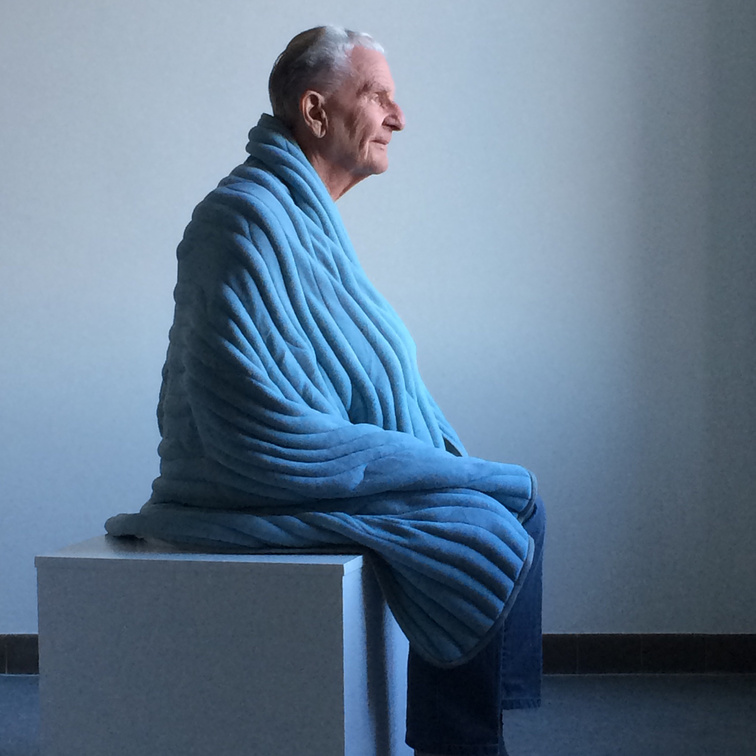
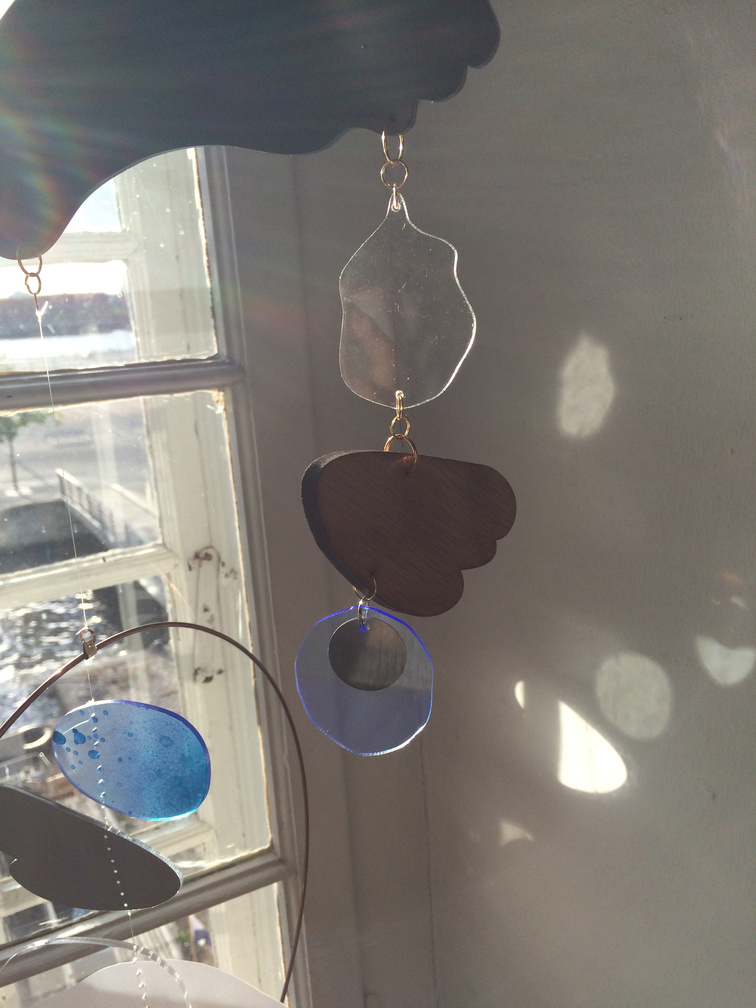
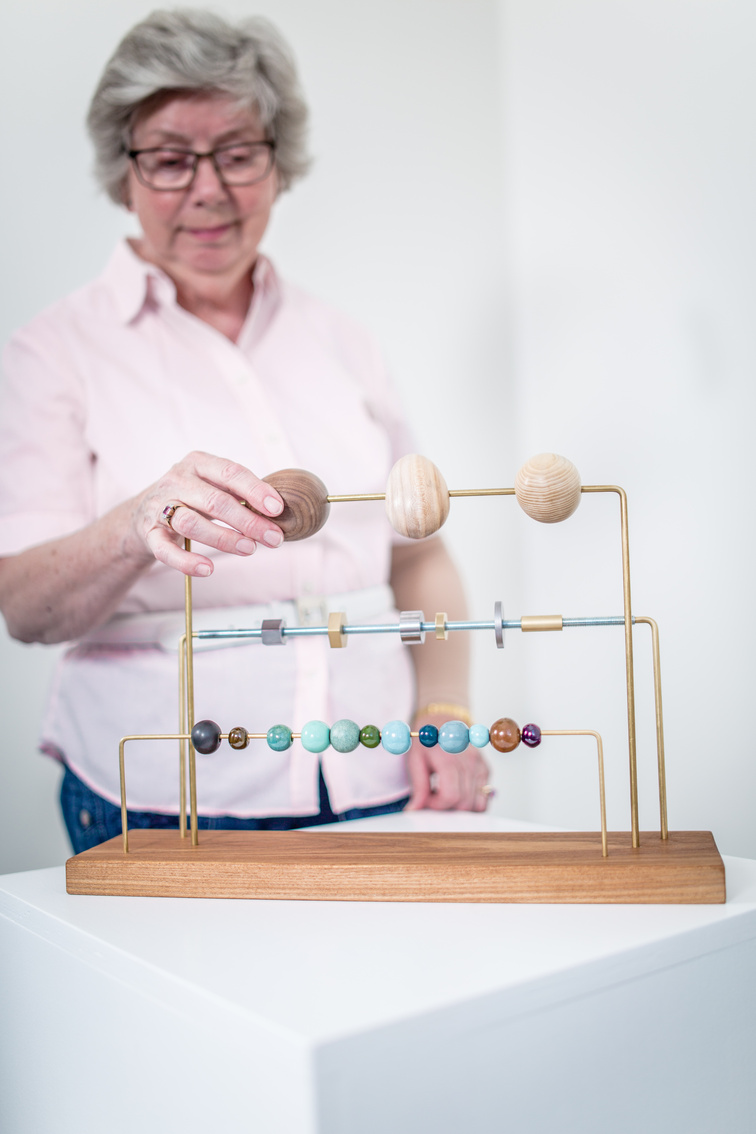
What is your Master’s graduation project about?
My Master’s project is about creating an opportunity for heightened sensory actions and moments in the everyday lives of people affected by dementia. My project consists of three products: FAVN – a sense-stimulating plaid that embraces the body, providing a safe, calm feeling; HÅNDGRIBELIG – a sensory activity sculpture to activate restless hands; and (U)RO – a ‘phenomenon catcher’ aimed at capturing and reflecting the little poetic moments of everyday life.
I created these products in collaboration with the textile designer Ida Sophia Rosendal Hansen and the metal workshop at the Hans Knudsen Institute, a special educational-needs workshop in Copenhagen’s Northwest district. During the entire process, I maintained a close dialogue with the residents and staff at Aalholm Nursing Home.
Why did you choose to work on such a specific issue as dementia and collaborate with others in your project?
About 90,000 people are currently suffering from dementia in Denmark, so it is a topic of great concern to many. This has been both rewarding and challenging, because it has forced me to find a balance between external inspiration and knowledge, on the one hand, and my own interpretation and understanding of the subject, on the other.
Working with other disciplines and professional fields was an educational and challenging process. Particularly in my work with the Hans Knudsen Institute, I came to understand the importance of clear communication when dealing with production.
For my FAVN plaid, I worked together with the textile artist Ida Sophia Rosendal Hansen. Her professional knowledge and experience of the industry played a major role in the product-development process. She was able to offer me guidance about sewing techniques and production methods.
On the whole, I have discovered that, when collaborating with others, it is important to let go of the project and make compromises – but I have also experienced just how much you get back in return, too.
What is most fun and what things are hardest when working on design in the way that you do?
Having a specific target audience is a great source of inspiration. I can address them directly when I am working on my design solutions.
Also, working with the subject of dementia has been very specific but it is also a topic that evokes a lot of feelings. This makes the project both incredibly relevant and exciting, but also challenging because it affects so many people and needs to be better understood by society at large.
These twin issues served as an inspiration throughout my project and very much reflect the way I draw my inspiration as a designer.
What do you consider to be your greatest strength as a KADK design graduate?
During my studies, I specialised in creating sense-based products and interactive design based upon the knowledge I gained studying textiles and working with different materials and techniques. On top of this, I have developed my skills in relation to co-operating with those working in other specialist professional fields, which in turn relates to my interest in interdisciplinary issues.
Where do you see yourself in 5 years?
I hope to continue working in areas where design is based on people’s lives and needs: not only in specialised areas, as was the case with my graduation project, but also in a more general sense, where the focal point is about bringing sense-based, evocative and functional objects into everyday life. Whether this will involve working for a company or starting something up by myself remains to be seen!


